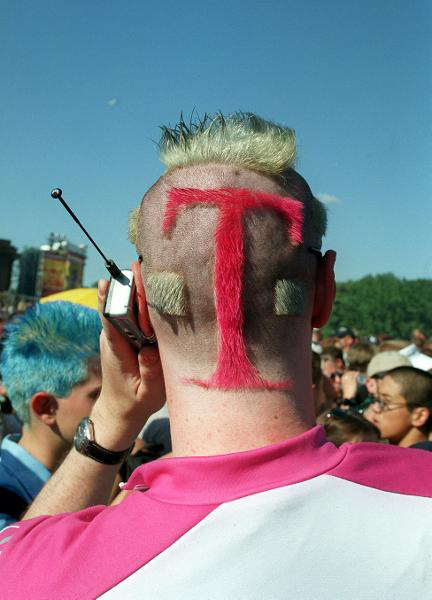Source

Source: picture-alliance / ZB (c) ZB – Fotoreport
The first Love Parade took place in Berlin in 1989. The event, which was registered as a political demonstration, attracted approximately 150 participants from the techno scene. At the time, the techno scene was still relatively small and had the character of a subculture. Starting in the mid-1990s, attendance at the parade skyrocketed, and after techno made inroads into popular culture, advertisers began to recognize – and exploit – the commercial potential of the event. Soon enough, sponsors’ logos were plastered all over parade floats and fliers, and various companies were represented by stands along the parade route. Moreover, parade organizers registered the name Love Parade as a trademark and took in huge revenues though licensing and usage fees, the sale of branded merchandise, and participation and stand fees. It was not only members of the techno scene who eventually accused the Love Parade of being nothing more than a mass commercial event. This opinion was also shared by the Berlin city administration, which was obliged to cover security and clean-up costs because the event was supposedly political in nature. This changed in 2001, when the Higher Administrative Court ruled that the parade could not be classified as a political demonstration. Starting in 2007, the event was held in the Ruhr area. After panic broke out at the 2010 Love Parade in Bochum and 21 people were trampled to death as a result, organizers announced the end of the parade. This photograph shows an “advertiser” for Deutsche Telekom at the 1999 Love Parade.

Source: picture-alliance / ZB (c) ZB – Fotoreport